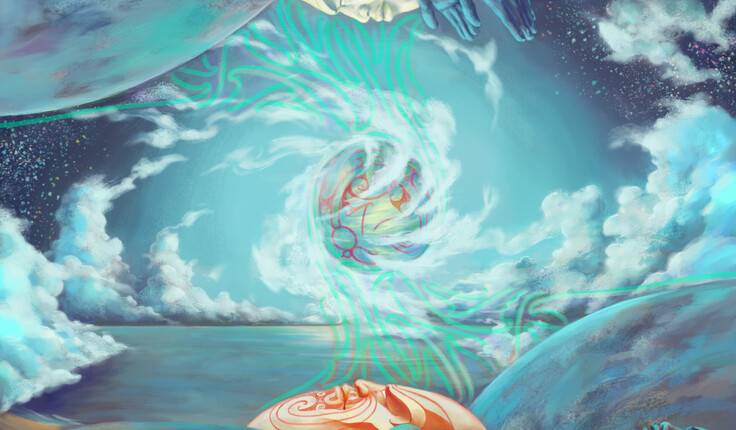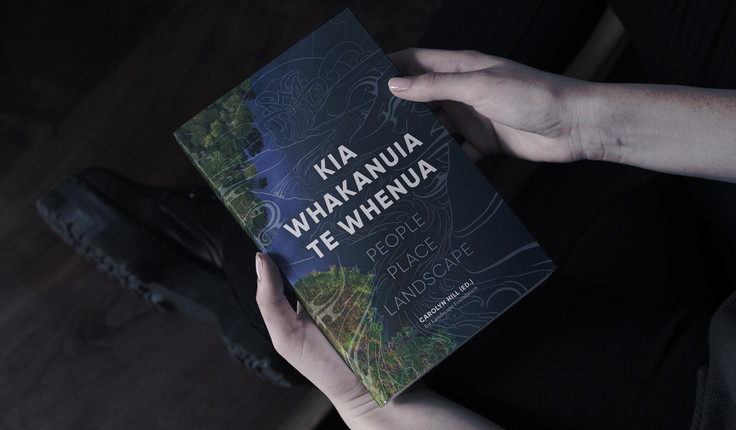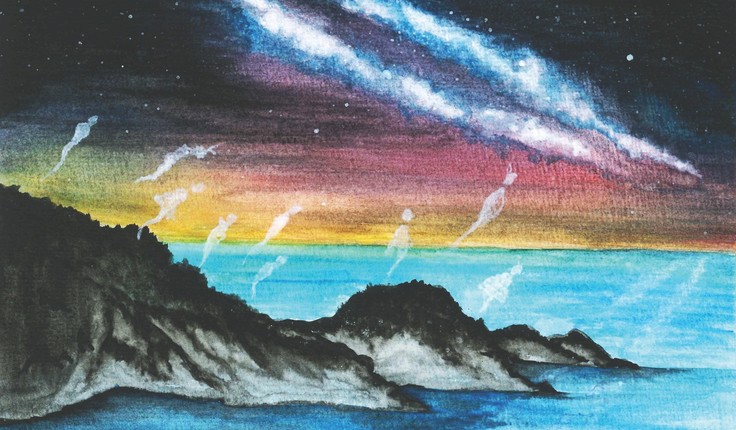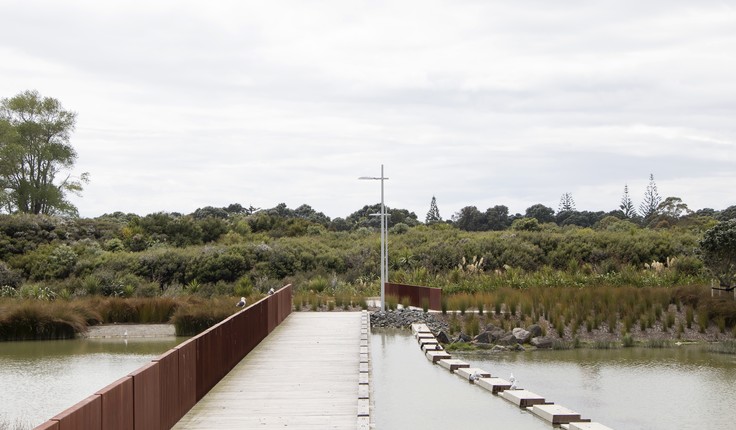News
Kia Whakanuia Te Whenua - People Place Landscape
Posted 28 11 2022 by Jan Woodhouse
in News

Forty different authors contributed articles, including perspectives from Aboriginal, Native American and Irish landscape architects as well as Māori and Pakeha.
Kia Whakanui te Whenua - The ideal Christmas gift
Kia Whakanuia te Whenua - People Place Landscape was published by the Landscape Foundation in 2021 and by the end of the year it had been awarded the runner up prize in the Canterbury Heritage Week literary awards for non-fiction. This year the book was also judged a joint category award winner in the Research and Communications section at the Resene New Zealand Institute of Landscape Architecture Awards.
The writers were landscape practitioners and knowledge holders and included experts in biodiversity, language, culture and heritage. The majority of the writers whakapapa to Aotearoa although most other writers - from Australia, the USA and Ireland - were also Indigenous. The topics in the book are diverse and range from an initial discussion of the spirit of landscape through weaving together the strands of cultural knowledge, discussions of the legal issues affecting Maori with the final chapters focusing on the practical application of the philosophies covered in the book.
Kia Whakanuia te Whenua was designed to promote diverse landscape knowledge and our association with and relationship to our landscape.
You can support the Landscape Foundation by giving this attractive book to colleagues, clients or family.
Purchase online at Landscape.org.nz - Press the button ‘order.’ Cost of $53.50 including postage.
Kia Whakanuia te Whenua People Place Landscape was the outcome of an idea formulated by our Trustee, Sam Bourne who postulated that Aotearoa landuse practitioners need a research strategy aimed at identifying critical issues relating to the whenua: so where is research needed and how can it be accessible to everyone - not siloed away?
We held an industry workshop and the book was planned as a step towards Knowledge Hubs for regional research. There was a sense of urgency to take this first step so after sending out a general call for manuscripts, in June 2019 our chair Dr Diane Menzies wrote to more than 70 people inviting contributions to the book. Diane was determined that the book would be Māori-led. By Māori-led, the inclusion of Māori writers was intended to reflect Māori concepts of land and the idea of partnership, and the book does that.
Our own editor Carolyn Hill read all manuscripts and assembled the contents into a logical progression from exploring Wairua O Te Whenua or the spirit of the land through Pou Herenga - a repository for knowledge - which provides a reference point for making sure this spirituality is embedded in place through identity and naming. The chapter on Whenua Māori confronts the pain of alienation and whenua loss and how that can be transformed by looking at kaupapa Māori alternatives. Whakarerekē Tāone takes these issues and threads them into thinking about cities in this era of major change. The next chapter - Hikoi Horanuku walks us through the landscape and asks us to understand place – whakapapa/ hikoi/ ancestral knowledge and the critical importance of being on and knowing the land. Whare Pora weaves this all together by looking at environmental management and how we might weave mātuaranga Māori into western scientific solutions. The final chapter Whakahāngai puts it into practise exploring how this thinking informs and changes “on the ground” practise. This revealed some gaps in content which was urgently addressed by other helpful writers, and then rounded into the book. Carolyn word smithed each of the individual manuscripts so they link together in an integrated style.


We commissioned publisher Mary Egan Publishing and worked with them to review and edit the articles, sort high resolution photographs and we also commissioned additional photographs, and the fabulous artwork.
The book is beautifully illustrated with original drawings by Auckland artist Waiari McMillan , with some original photos by Josie McClutchie – a Gisborne-based photographer. However, most of the photographs were supplied by the writers themselves.
Preliminary reviews are very complimentary. Our publisher reports that they have been fielding enquires from libraries anxious to get hold of it and ‘that never has happened before’
Dr Haari Williams who wrote the forward says:
I am in awe as you have all tuned the word into art, into pictures, into a vision, words and pictures that take us outside ourselves, into another time another place and space, into a world that sees ourselves from differing lenses. Differently. To dream differently that makes us richer, each of you have taken the word and weaved (whatu weruweru), made it your own and given it back to us in another shape, in a wayfaring way.
And
…it’s refreshing to look and listen to Rangatahi Aotearoa espouse advocacy for Te ao Māori and tikanga perspectives in planning, design and architecture.
But he also says:
What Matariki offers us is a way of remembering that predominant Western conceptualisation of the world based on capital and Neolithic ideologies is only one possible way of structuring our societies. Indigenous cultures remind us that there are numerous other options, other possibilities, other ways of conceptualising, understanding and organising the world we live in, that global destruction is not inevitable.
NZILA members discount using code: NZILA31
Share

14 Apr
NZILA Board nominations close tonight

Read the insights from current Board members
What does the current Board have to say about this opportunity? REMINDER: Board Nominations close tonight, 14 April, 11.59pm We …
08 Apr
Update from Environmental Legislation Working Group
RMA Reforms and NZILA Wānanga
Our understanding of Spatial Planning and in creating well-functioning environments is more deeply considered than simply green fluff - the …
02 Apr
Follow up from the virtual IFLA World Council (22 and 23 March)

Did you attend the virtual IFLA World Council held last weekend? Presentations and ReportsThese can be found here. RecordingFor those …
Events calendar
Full 2025 calendar